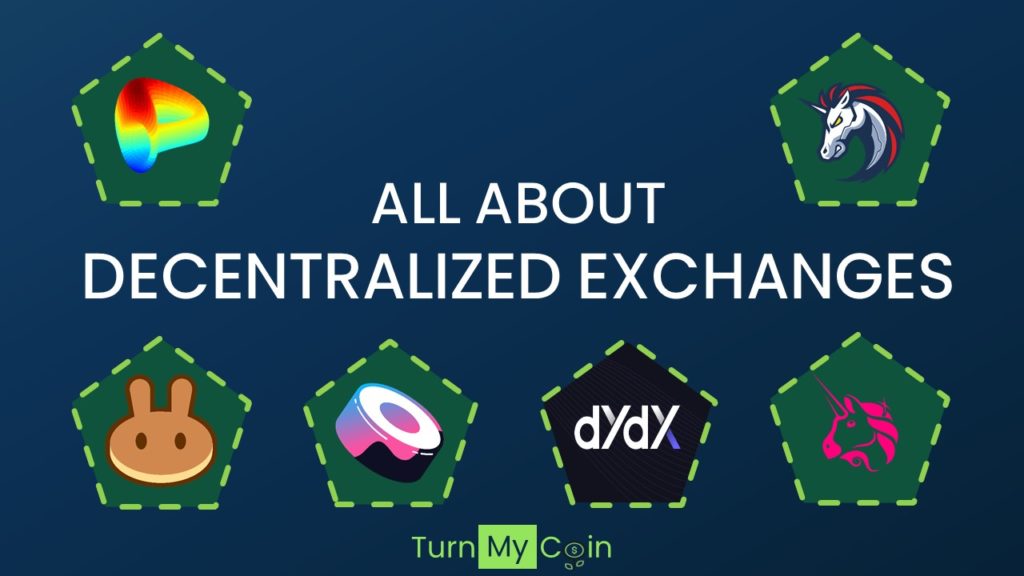Last updated on March 4th, 2024 at 06:47 am
Introduction
Cryptocurrency exchanges are platforms that enable investors to buy, sell, exchange their crypto assets. Cryptocurrency exchanges are in their nascent stage of development when compared to stock exchanges.
Based upon the level of control that an organisation enjoys over an exchange, a cryptocurrency exchange can be categorized as centralized or decentralized.
In order to understand a Decentralized Exchange, we need to first have a basic understanding of a Centralized Exchange.
What is a Centralized Cryptocurrency Exchange?
Yes, you read that right! Cryptocurrencies are decentralized in nature. However, the most popular exchanges are centralized in nature. Quite ironical! Anyway, getting back to our topic of discussion.
A Centralized cryptocurrency exchange is an online application that enables users to buy and sell cryptocurrencies. Centralized exchanges are more reliable due to the presence of vested interests.
Hence, centralized exchanges have been the dominating force in cryptocurrency transactions. However, with the rapidly increasing technologies, there are more decentralized exchange platforms (DEXs) available.
The centralized exchange is more suitable for transactions such as trading/rapid transactions. Coming to blockchain transactions, Cryptocurrencies are easier to buy and sell, and you have more tools available to you.
However, one thing that you must consider is that you have to put your trust in the centralized exchange. The system is prone to risks, for example, a hacker may steal your hard-earned money. Many investors consider this a calculated risk, and this is why most of them continue with a reputed centralized exchange for transactions.
Centralized cryptocurrency exchanges charge a small commission on each transaction that varies between 0.1% to 0.5% for different exchanges.
Some of the popular centralised cryptocurrency exchanges are:
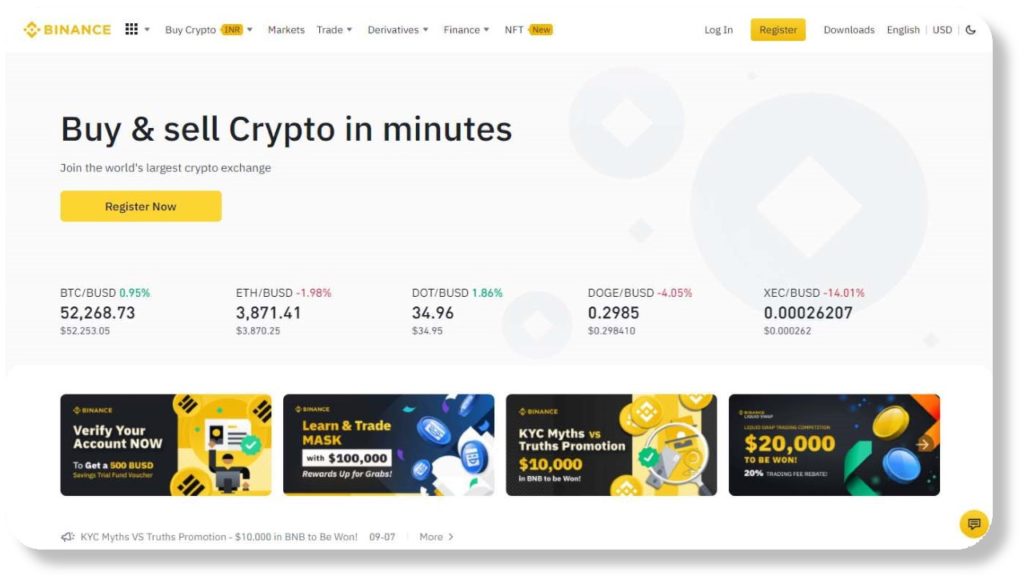
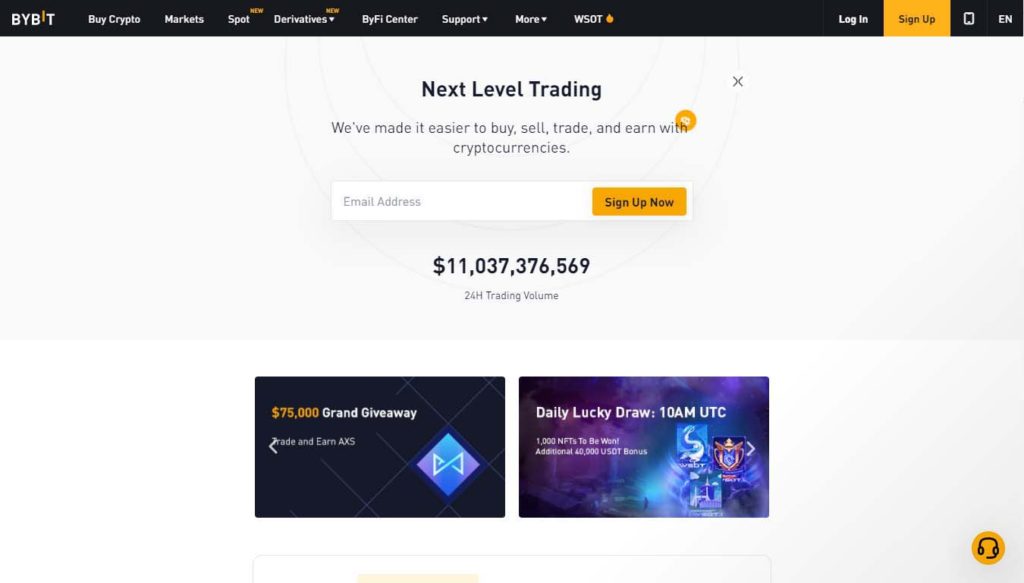
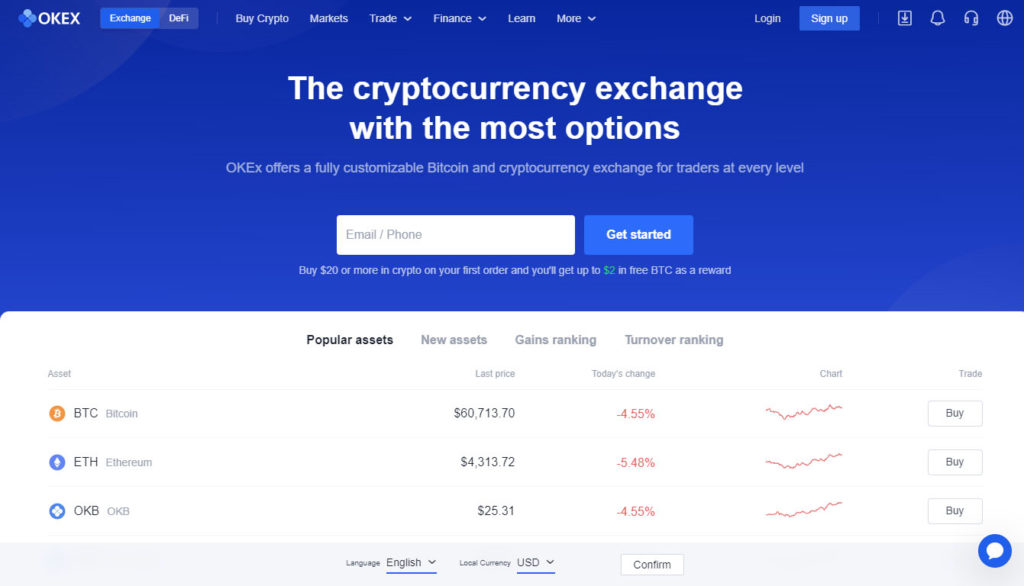
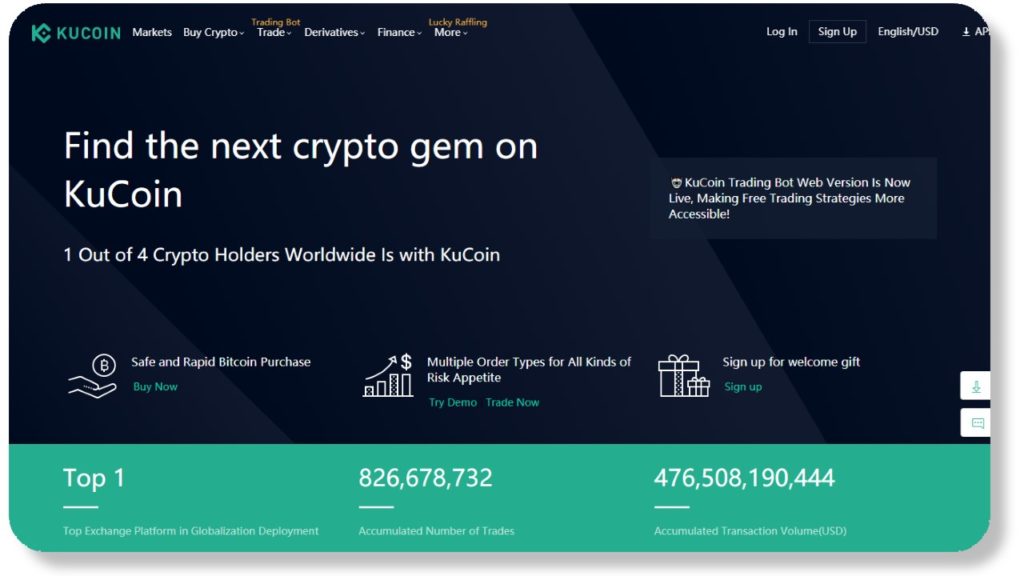
What is a Decentralized Exchange or DEX?
With a handful of information about Centralized Exchanges, we can now head to our topic of discussion i.e. Decentralized Exchanges
Decentralized exchanges (DEXs) are cryptocurrency exchanges, where investors can conduct direct peer-to-peer (P2P) transactions online without any intermediary.
Ever since the term cryptocurrency came into existence, decentralized exchanges have played a very big role in making crypto transactions successful. It is a marketplace, where buyers and sellers meet.
The decentralized exchange does not require you to create an account or sign up for anything. Each transaction takes place between two users’ wallets without logging into an interference.
We will discuss the exchange process through Metamask wallet in this article. Please scroll down to the “How a Decentralized Exchange works?” section below.
Decentralized exchanges are trickier as they may face a liquidity crunch. Hence, you might not get the cryptocurrency that you may require at one time.
However, over time as your interest grows in tech or the blockchain ecosystem. You might consider decentralized exchanges as an integral part of the blockchain. Also, there would be a lot of problems in agreeing to the correct price of crypto assets.
The most popular Decentralized Cryptocurrency Exchanges are:

- Sushiswap
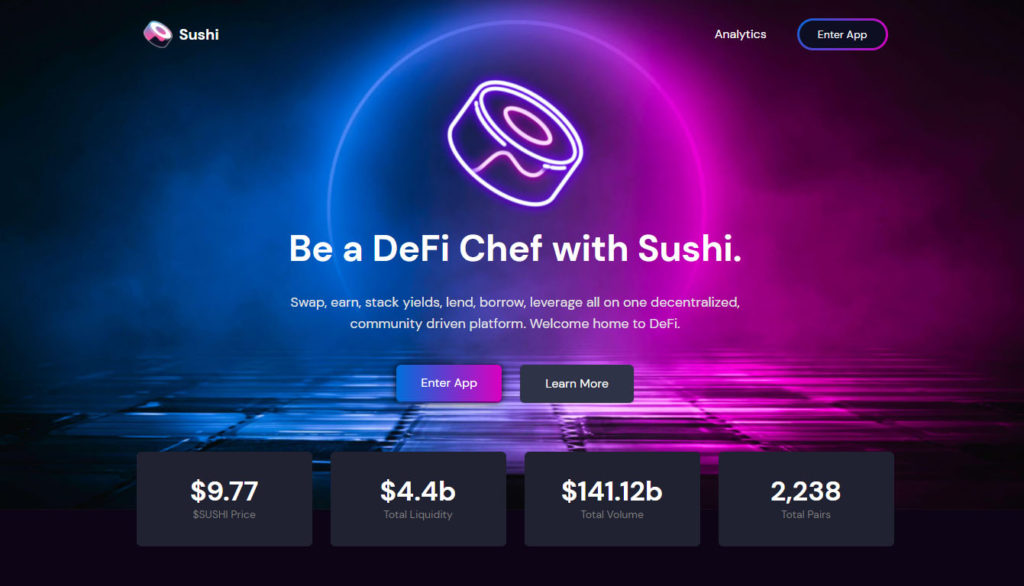
- dYdX
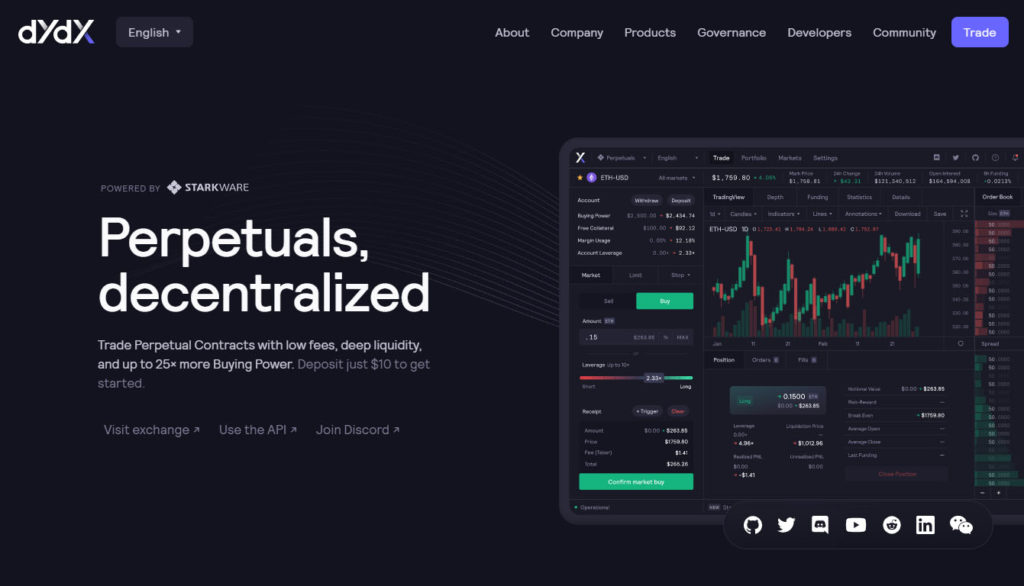
- Uniswap
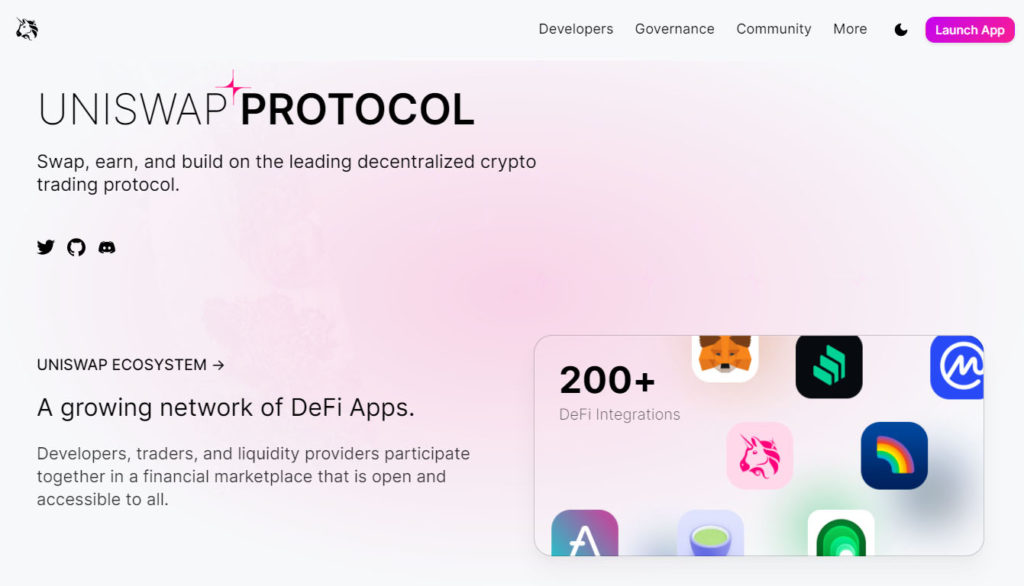
- 1inch Exchange
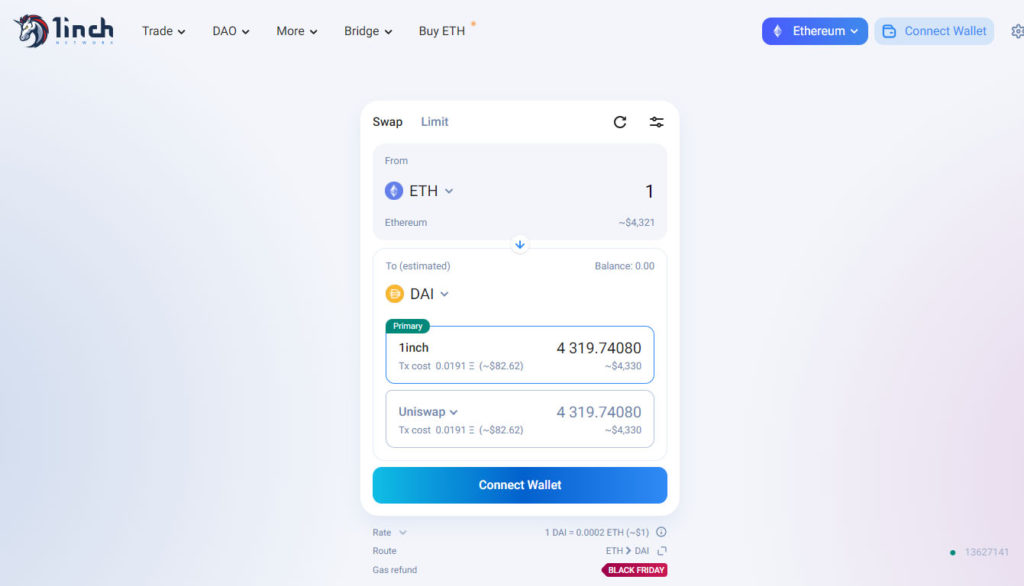
How a Decentralized exchange works?
On one side we can see that the centralized exchanges match the supply and demand for the transactions. On the other side, the decentralized exchanges (also known as DEXs) bring both the buyer and seller together for the transactions.
Both the parties can come together and they can come on agreeable terms for the exchange.
There are different types of decentralized exchanges available to users for managing orders. However, one common theme among most of the DEXs is the use of on-chain orders (with smart contracts), where the user never compromises on the custody of their funds during the transaction.
Also, some transactions follow the concept of off-chain order books and automated market makers.
On-chain orders
Under an On-chain order book, the transactions are written on a blockchain. The process is transparent and no other third party is involved in the process.
Unfortunately, this is considered an impractical approach! As you are making each node on the blockchain record the orders, you have to pay the fee continuously. Also, there might be a delay in the transaction until a miner adds your (verifies) message to the blockchain, and this can be cumbersome as well!
Also, complete transparency is considered a major flaw in this model. Because every member of the network is aware of a pending transaction. Generally, this might be a threat to your currency and it is illegal as well.
All transactions are published on a global ledger, the authenticity of a transaction can be verified instantly. Here the miner authenticates your transactions and your order is added to the blockchain.
Off-chain order books
The off-chain order-based DEXs have some centralization in between them. Here you can have a centralized entity in charge of all transactions, but if that entity wants to commit some fraud then they can manipulate the markets easily. But, still, both of them would benefit from the non-custodial benefits of decentralization.
Compared to an on-chain order book which considers an order only when it is understood as a transaction after the blockchain ledgers reflect the change. On the other hand, the off-chain transaction takes the value out of the blockchain network.
For an off-chain order, there has to be an agreement between both parties. There must be a third party involved to honour the transaction, similar to that of PayPal. Now, the buyer purchases coupons which can be redeemed by the seller against the amount agreed.
Off-chain books are superior to on-chain books due to their usability. You will not face any problems in terms of speed, as there is limited use of blockchain. But, a notable thing here is that speed of off-chain order books is slow. Some of the know examples of off-chain order books are Binance DEX, IDEX, and EtherDelta.
What is an Automated Market Maker(AMM)?
Unlike the centralized exchanges, The DEXs remove all the intermediaries during crypto trading. Most of them do not support any custodial methods (where the exchange holds all the wallet private keys). Here, the Decentralized exchanges give the power back to the users to trade directly without any custody (all the wallet private keys are with the user itself).
As a solution to this, the DEXs replace the order matching systems/order books with the autonomous platforms called the Automated Market Maker (AMM). The protocol works on the liquidity pools built along with smart contracts. In essence, users are not technically trading against counterparties, but they are trading against liquidity pools.
Here only high net worth individuals/companies can take up the role of a liquidity provider in traditional exchanges. But, Automated Market Maker (AMMs) have become liquidity providers as long as the funds are locked under a smart contract. Some popular AMMs are Uniswap, Balancer, and Curve.
Notable addition in DEXs over time is the development of Cryptocurrency and Liquidity Farming. Farming is the process of earning rewards by forwarding your cryptocurrency tokens to a liquidity farm. In essence, users are given rewards to provide liquidity to the DEXs. You can refer to our article on how to earn rewards with farming here.
Working of an Automated Market Maker
Most AMMs follow a mathematical equation to balance the demand and supply of Cryptocurrencies in their Pools. For simplicity purposes let take the equation as,
XY = K
Here, X is the value of one cryptocurrency say ETH and Y is the value of another cryptocurrency say AAVE. The product of both X and Y should be K which is a constant.
If the users buy AAVE for ETH then they are adding more ETH to the pool. Now in order to balance the above equation, the AMM automatically increases the price of AAVE. This is how the price movement works in AMM. All based on the simple ‘demand and supply’ principle.
Swapping cryptocurrency using Metamask
As discussed earlier, let us discuss how you can swap your cryptocurrency from a Decentralized Exchange.
We will be using Metamask Wallet as it is available on both PC and Mobile platforms with Uniswap DEX. We are manually connecting Metamask with Uniswap in this example to give you a better understanding of its working. There are many DEXs where you can only connect your wallet manually.
Wallets like Metamask & TrustWallet have built-in DEXs. These can directly swap your token instead of connecting to another platform.
Suggested Reading: Differences between Metamask Vs Trustwallet.
I am assuming you have already downloaded your Metamask Wallet and completed the initial setup.
1. Goto https://uniswap.org/

2. Click Launch App
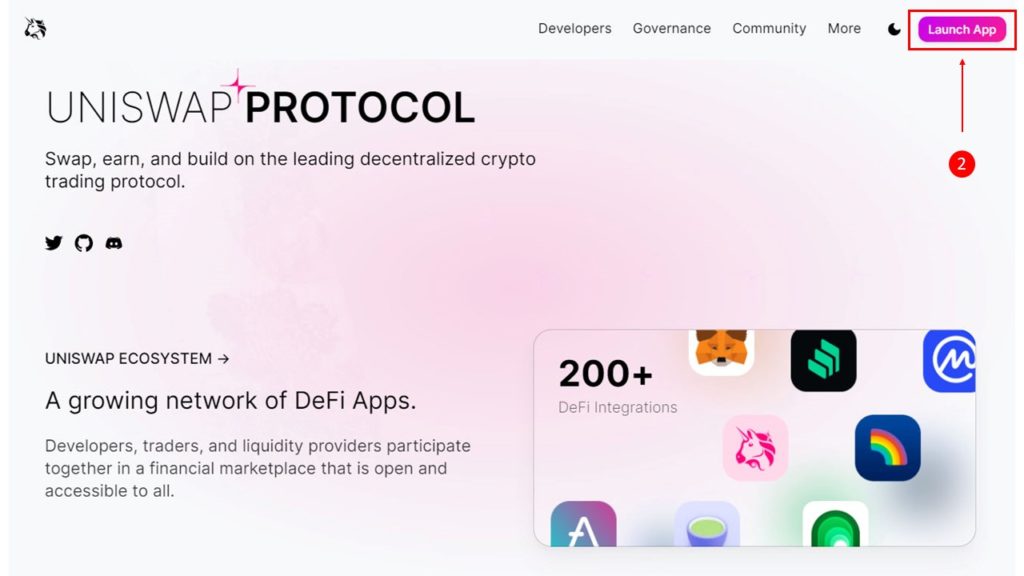
3. Click on “Connect to a Wallet”.
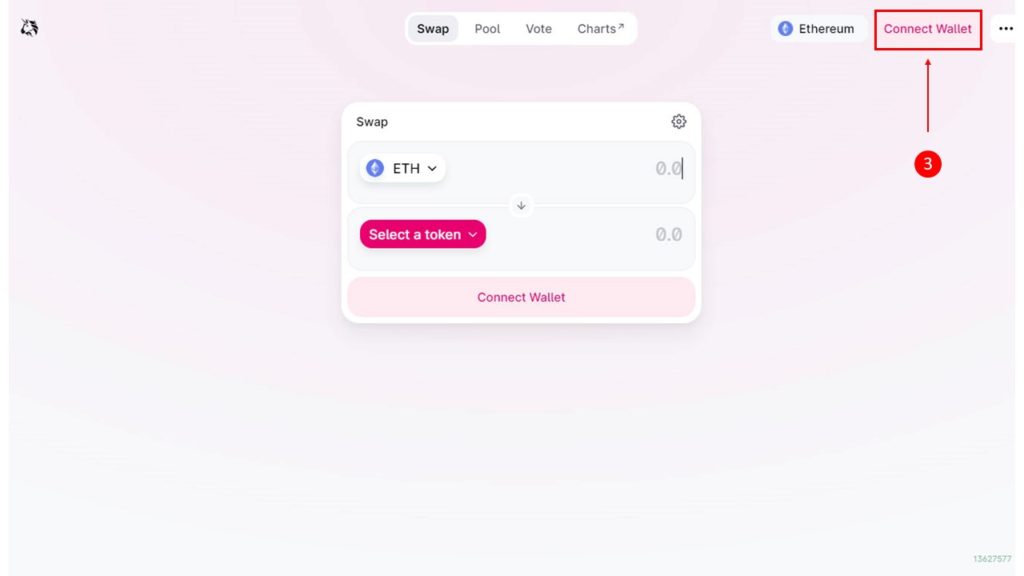
4.Select Metamask from the list of Wallets available.
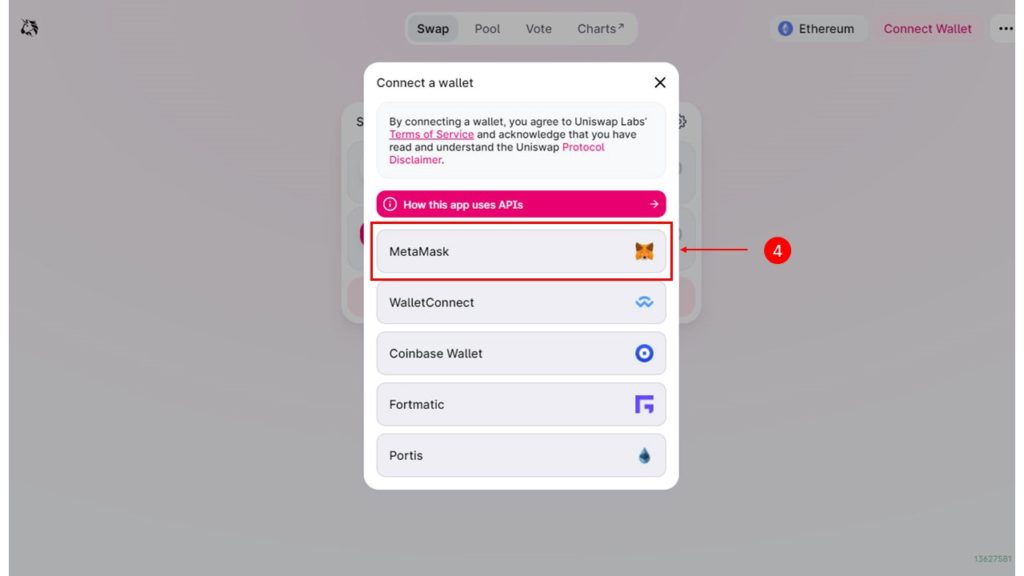
5. Select the currency you want to swap, here we are swapping ETH for AAVE. Fill the amount of currency you want to swap.
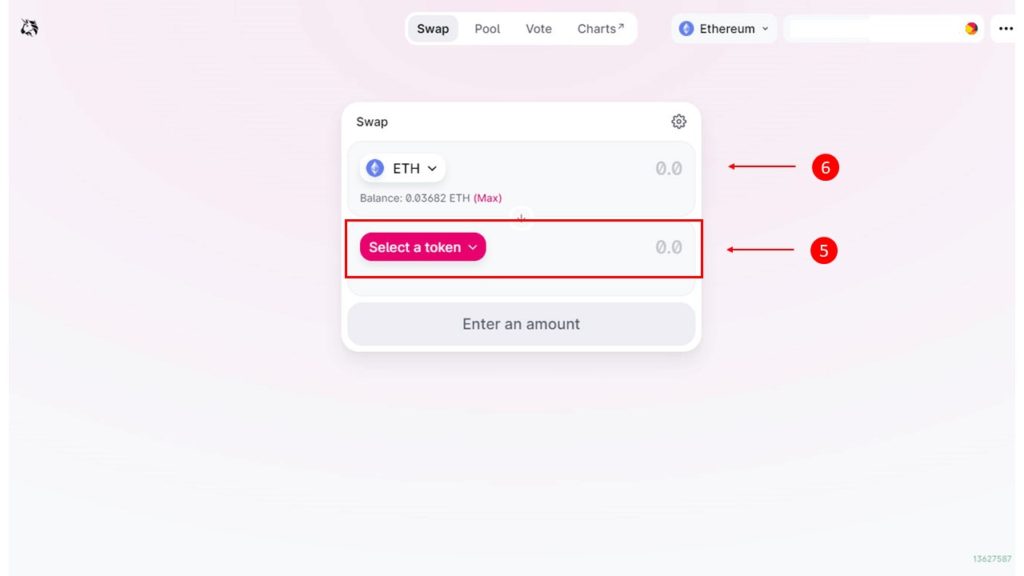
7. Click on Swap
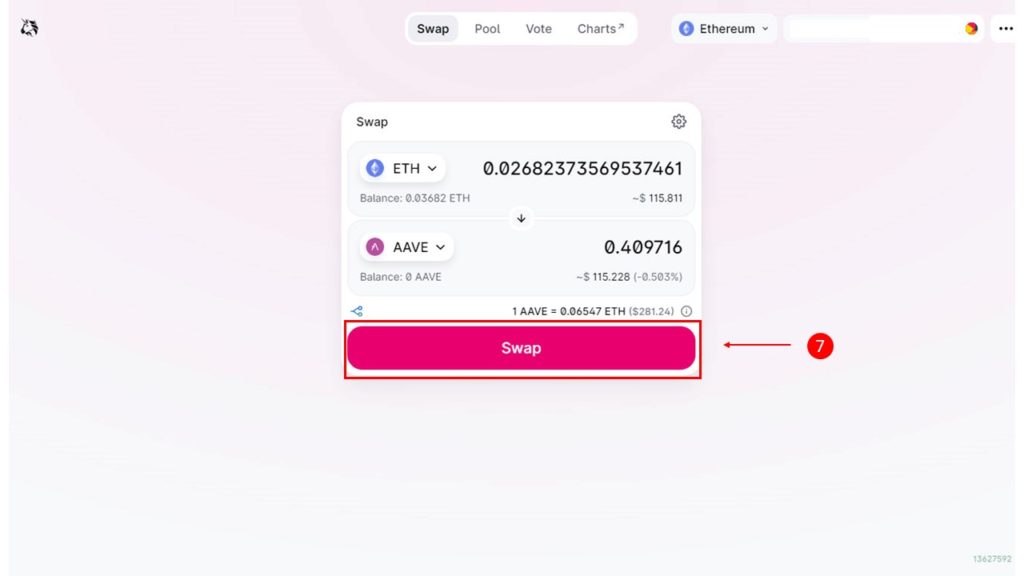
Authorize the transaction and it’s done!
You can see the newly swapped currency in your Assets Section under Ethereum Mainnet.
Advantages and Disadvantages of using DEXs
Now that we have discussed the complete overview of Decentralised exchanges. Let’s consider both the advantages and disadvantages of decentralized exchanges.
Security
All exchanges are prone to a lot of risks, and one of the prominent threats is hacking. Hackers are always on the move to break into the systems.
DEXs are less prone to this type of risk. Here the owners have complete authority and they can use their private keys. The user maintains the security of his account. Therefore, it would be a less lucrative opportunity for hackers to steal funds from individuals.
Also, the crypto balance of individual holders won’t be as large as centralized exchanges. Centralized exchanges are lucrative targets for hackers.
DEXs prevent price manipulation and faked volume trading
In the case of Centralized Exchanges, the control of the exchange is in the hand of an organisation. This makes it susceptible to price manipulation.
Further, in order to generate profits and entice investors to the exchange, a centralized exchange can increase or decrease the volume of cryptocurrencies on their platform.
Since the control of a Decentralized exchange is not totally in a particular person or organisation’s hand it is difficult to manipulate the price and fake trading volume.
Privacy
All centralized exchanges follow the KYC (Know Your Customer) methodology. It demands data from cryptocurrency holders to store their data with the exchange.
It is not necessary for DEXs, as they are not under any central authority, and they do not follow any KYC methodology. There is more privacy while trading DEXs.
Sovereignty
The user has complete control over their funds in the DEXs. Users ensure complete custody of the funds. There is no possibility of asset freezing/blocking withdrawals in DEXs. However, not all decentralized exchanges are created equal. The degree of decentralization differs between them.
Lower Fees
Decentralized Cryptocurrency Exchanges save a lot of cost on the development and maintenance of infrastructure. Contrastingly, a Centralized Exchange will incur a lot of expenses and hence charge higher fees.
Further, centralized cryptocurrency exchanges are profit-oriented. While decentralized cryptocurrency exchanges just need a petty amount to sustain the miners and operate the network.
Disadvantages of DEXs
As revolutionary as the DEXs may be, but there are still some disadvantages. Before you proceed to put your money in any decentralized exchange:
Transaction Speed
Transaction processing speed is slow when compared to the CEXs. This is because there are miners who confirm your orders before they are ready for further processing. Therefore, the DEX suffers mostly from price slippage. The transaction will not execute due to a change in the values of cryptocurrencies at the time of exchange.
Also, the slow transaction speed can lead to front-running, which is a concern with public order books. Here when the user initiates trade with higher gas fees to execute earlier than those that are still pending.
Issues of Price Slippage and Front Running
Decentralized exchanges are AMMs as discussed above. Their algorithms automatically balances the underlying mathematical equation. In order to maintain the value of assets in the pool, the prices of currencies can swiftly vary.
When you place an order there are high chances asset may not get swapped at the price you indicated. For the order to take place you have to provide a slippage range. Slippage range is the variation in the prices which you are ready to accept.
Slippage often happens in case of Decentralized Exchanges.
In case of Decentralized Exchanges the orders are visible on the blockchain itself. Front Running happens when hackers (often miners) slip in their orders or increase the price of next order before it completes.
Liquidity Issues
The centralized exchanges have high liquidity due to the capital invested by investors. On the other hand, the decentralized exchanges have their liquidity based on the active traders on the platform.
Most of the traders do not have any access to any funds to move around as trades. Therefore, it might lead to some liquidity issues compared to centralized exchanges.
However, Decentralized Finance (DeFi) and Cryptocurrency Farming has provided a great relief to Decentralized Exchanges. With Cryptocurrency farming, the farmers provide liquidity to Decentralized Exchanges thereby reducing the liquidity crunch.
Complexity & User Interface
Unlike Centralized Exchanges, most of the Decentralized Exchanges do not spend a lot of resources in development of User Interface. Their processes are complex to understand. Specially for new investors.
Centralized exchanges make things easier to understand and operate for new investors.
Conclusion
The main utility of Cryptocurrency is that it is decentralized in nature. It is often termed as the currency of the future. Likewise, is the significance of Decentralized Exchanges.
When you dive deep into the world of Cryptocurrency trading. You will realise that many of the important projects are only listed Decentralized Exchanges.
Technologies develop at their own pace. Cryptocurrency space is still in its initial phases of its development. So are DEXs. With blockchain developers coming out with new ideas and concepts, DEXs will surely improve.
